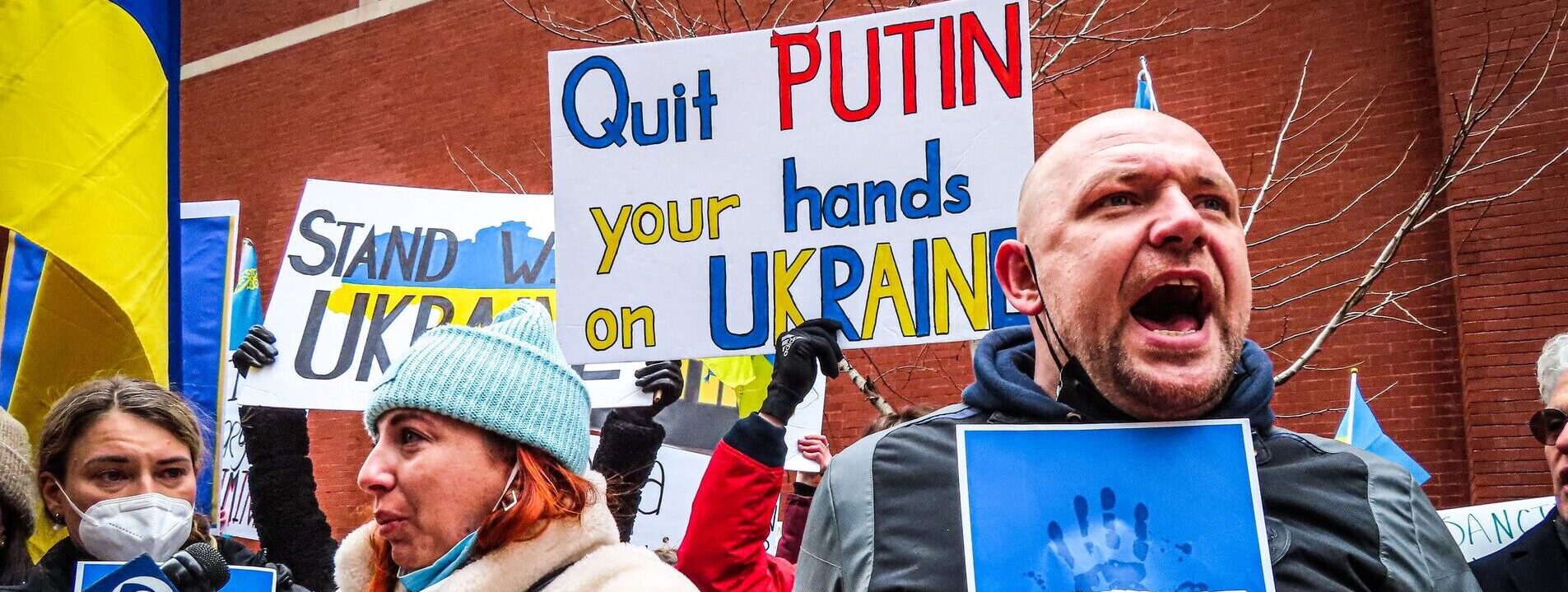Category: Resources

Building A United Front
*This article was written by former Director of Applied Research Jonathan Pinckney. The scope of the challenges of democracy in the United States are vast. For a movement to protect...

Violence and the Backfire Effect
*This article was written by former Director of Applied Research Jonathan Pinckney. Any movement that seeks to stand up against powerful opposition and advocate on important political issues must be...

The Horizons Project Discusses Sensemaking
Get to know The Horizons Project team better, as our Chief Network Weaver Julia Roig and our Director of Partnerships and Outreach Tabatha Pilgrim Thompson share their own approaches to sensemaking in one of the episodes...

Presenting Horizons Presents
There are two types of people in the world, those that like podcasts and those that do not. If you’ve checked out any of our VISTAS, then you know that...

For US Independence Day, January 6th Hearings Reveal Authoritarianism’s Achilles Heel
*This article was written by Chief Organizer Maria J. Stephan and was first published on Just Security. The January 6th hearings have exposed a fundamental truth about authoritarianism: that it ultimately...

Authoritarianism: How You Know It When You See It
What is democracy? Forms of rights-based representative government in which: elected government leadership is constrained by constitutionalism, the rule of law, the separation of powers, the free expression of the...

Forgiveness, Accountability, and Societal Healing
The Horizons Project is partnering with Rotary International to explore how to embed concepts and practices of forgiveness, accountability, and societal healing within Rotary clubs and their partners around the world.Forgiveness is often...

ACTIVATING KEY PILLARS: Combatting Authoritarianism to Uphold Democracy in the United States
Purpose: The purpose of this document is to help US organizers, bridge-builders, and ordinary people understand the key attributes of authoritarian systems, how authoritarians wield power, and ways to counter it....

It’s time to take inspiration from Ukraine and double down on global democratic solidarity
*This article was written by Chief Organizer Maria J. Stephan and was first published on Waging Nonviolence. As courageous Ukrainians and Russian antiwar protesters resist Putin’s brutal war, we can...

Meet the Horizons Team!
The Horizons team is made up of experienced organizers, facilitators and trainers with a deep commitment to prioritizing relationships with all our partners. We look forward to finding ways to...
